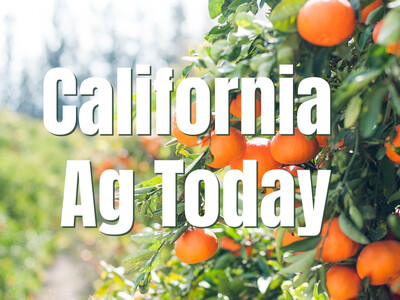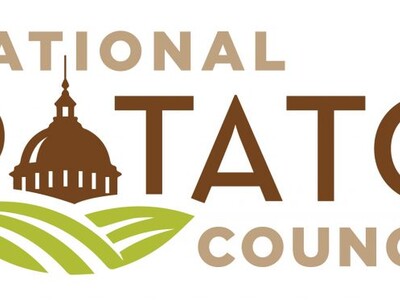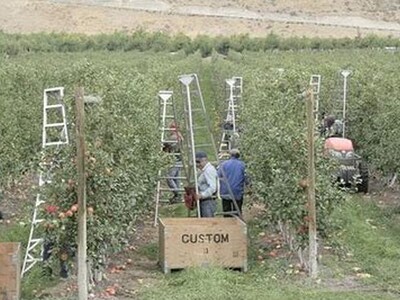Range Condition
Range and pasture condition describes an evaluation of the current status of rangeland vegetation. Condition assessments provide the framework to register information obtained by range inventories on the basic status of existing vegetation, and to gauge changes or range trend through monitoring. In addition, range condition is used as a guide to ensure sustainable land use, to determine carrying capacity and adjust stocking rates, to identify potential responses to range improvement programs such as brush control or reseeding, and to evaluate the best locations of fences and water facilities to improve utilization within a pasture.USDA Meteorologist Brad Rippy: "We have pastures and range rated at least 70 percent excellent in a vast number of Western states that includes California, Oregon, Idaho, Utah and Colorado. It is a bit drier in the northwest the lowest Western states just at or slightly above 50 percent. Good. Excellent is Montana Wyoming and Washington state."
In earlier days of rangeland management, range condition was a general term describing the status of resources at a site with particular reference to livestock grazing. Today, range condition usually carries a specific connotation, reflecting current status of the vegetation and soils occupying a site in comparison to the site potential expected if the climax vegetation was present. Therefore, an initial and critical step in evaluating range condition is to classify range sites to determine site potential.














